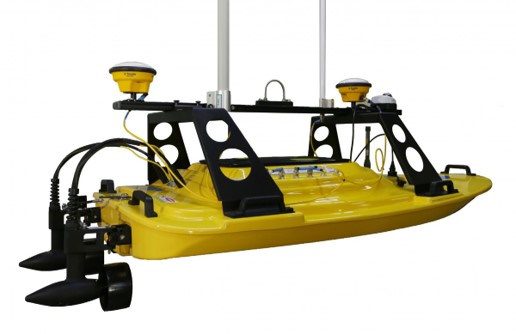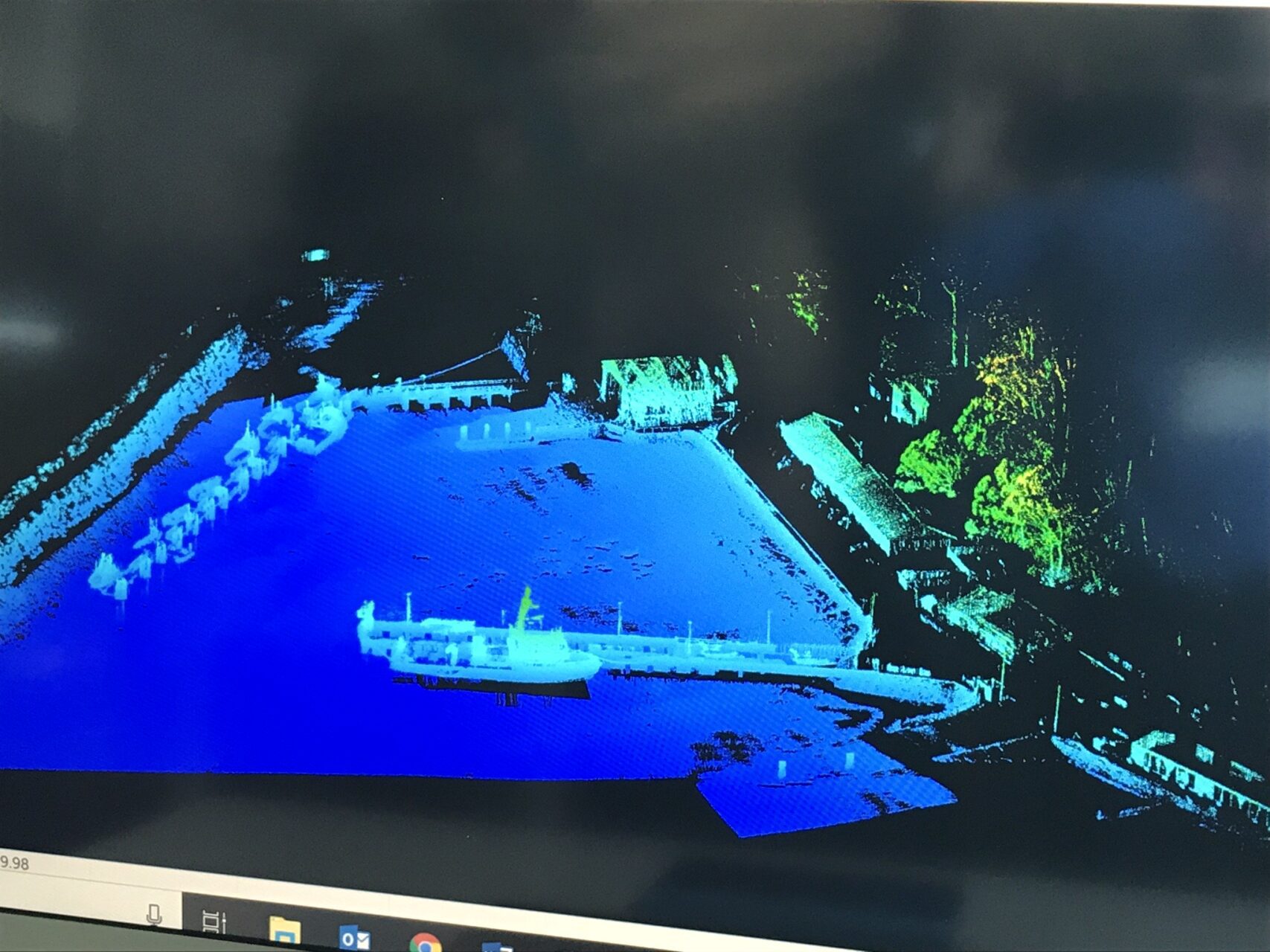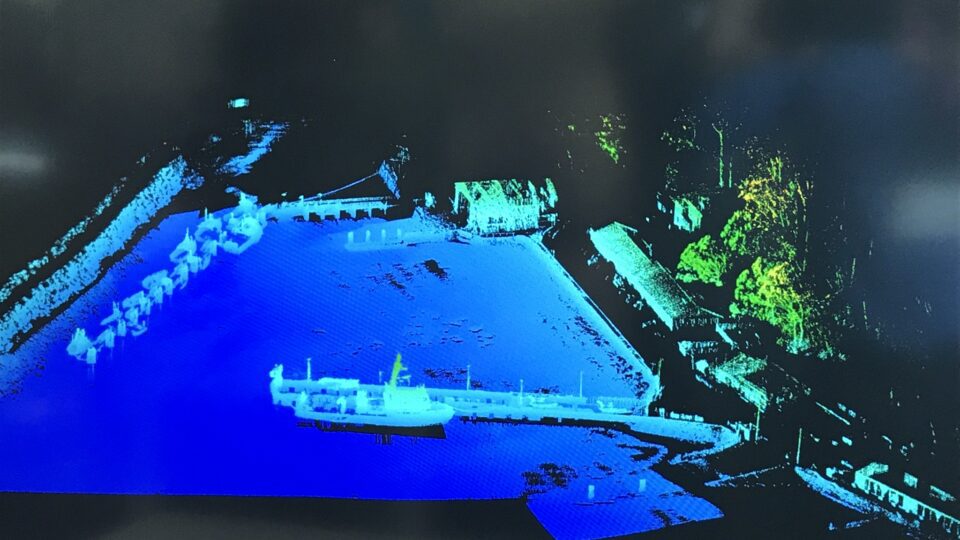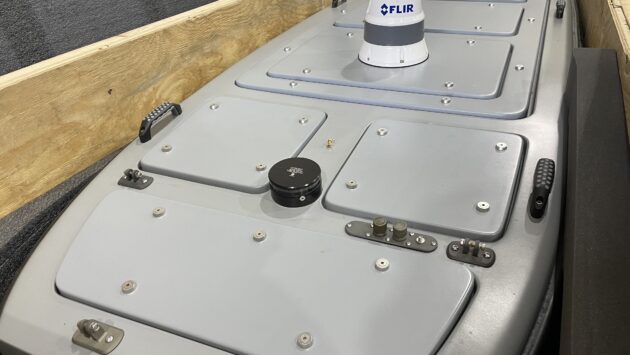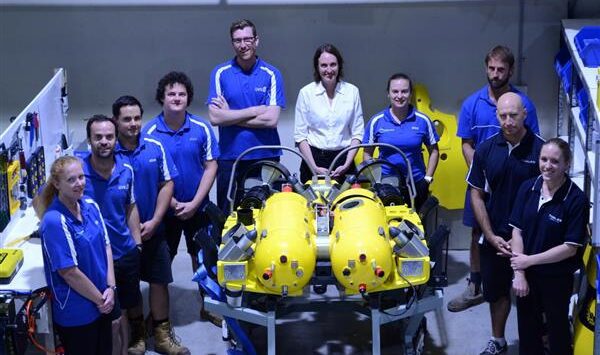Sensor Fusion on Unmanned Surface Vehicles
Sensor Fusion on Unmanned Surface Vehicles
Getting the Full Picture – Above and Below Water
Advances in sensor performance driven by the continual miniaturisation and rapid development of consumer electronics means more capability can be packed into a smaller Unmanned Surface Vehicle (USV) hull format.
This is well illustrated by the results obtained from deploying a Teledyne Oceanscience Z-Boat at trials at Jervis Bay. Equipped with a laser scanner and sonar the Z-Boat performed a surveillance function, providing valuable information about the above and below water environment in one inspection. Video cameras provided for real time feedback of conditions on shore.
Teledyne Z-Boat 1800T
In a new application for the Z-Boat, Teledyne Marine has announced the Teledyne Z-Boat 1800T. Designed for marine surveying, the USV is equipped with a Trimble high-precision GNSS heading receiver, and is also compatible with Trimble Marine Construction (TMC) software, providing increased efficiency for marine construction/dredging projects as well as real-time monitoring from anywhere in the world.
The Teledyne Z-Boat 1800T high-resolution shallow water hydrographic unmanned survey vessel, equipped with the dual antenna Trimble BX992 GNSS heading receiver, also features the Odom Hydrographic Echotrac E20 Single beam Echosounder. This combination of high-precision heading, positioning and guidance paired with high-accuracy sonar provides superior data collection even under challenging conditions.
Read More:
New USV Launched for Marine Construction & Dredging
Design, development and manufacture of three Z-Boat variants to meet tight project deadlines
